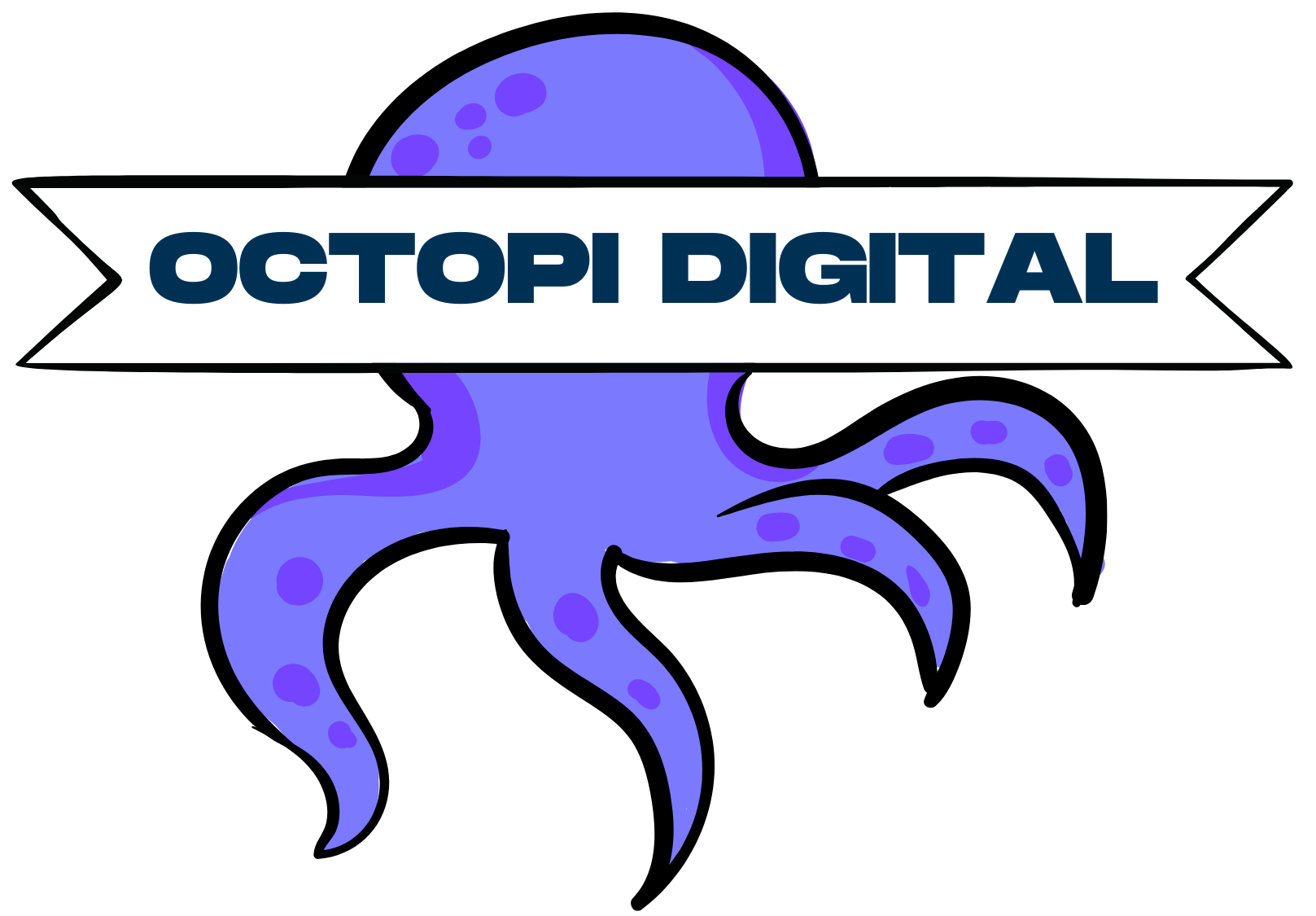Writing Content for SEO and Conversion Optimization
As a digital marketing agency, one of the essential pieces to any successful website is great content. Content that is well-crafted, optimized for search engine optimization (SEO), and designed to convert visitors into customers or leads. Writing content for SEO and conversion optimization can be a challenge, but with the right strategy and knowledge, it can be done.
What is SEO?
Search engine optimization (SEO) is the process of optimizing a website’s content and structure to improve its visibility and ranking in search engine results. SEO involves several techniques, including keyword research, content optimization, and link building. When done correctly, SEO can improve your website’s organic (non-paid) search engine traffic and help you reach more potential customers.
How to Optimize Content for SEO
Optimizing content for SEO starts with keyword research. Identifying the right keywords to target can help you reach the right audience and increase your website’s visibility. You can use tools like Google Keyword Planner or SEMrush to find relevant keywords. Once you’ve identified the right keywords, you can use them to create content that is tailored to your target audience.
It’s also important to make sure your content is well-structured. This includes using headings, subheadings, and bulleted lists to break up large blocks of text and make it easier to read. Additionally, you should include internal links to other pages on your website to encourage visitors to explore more of your content and keep them on your site longer.
Writing Content for Conversion Optimization
Conversion optimization involves creating content that is designed to convert visitors into customers or leads. To do this, you need to understand your target audience and what motivates them to take action. You should create content that addresses their needs and pain points, and use persuasive language to encourage them to take action. Additionally, you should include calls-to-action throughout your content to direct visitors to the desired action.
You should also consider using visuals in your content. Images, videos, and infographics can help break up large blocks of text, make your content more visually appealing, and help keep visitors engaged.
Conclusion
Writing content for SEO and conversion optimization can be a challenge, but with the right strategy and knowledge, it can be done. Start by doing keyword research and optimizing your content for SEO. Then, create content that is tailored to your target audience and use persuasive language and visuals to encourage visitors to take action. With the right approach, you can create content that is optimized for both SEO and conversion optimization.
